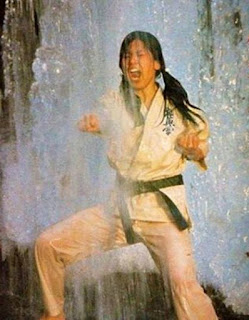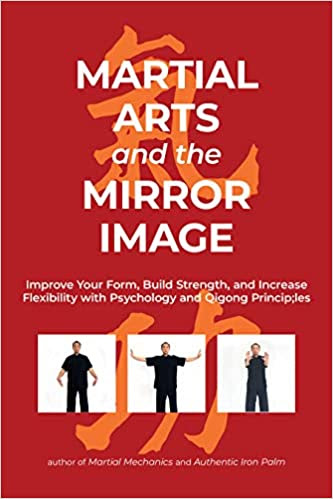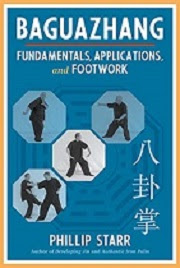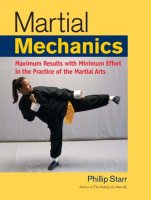by Phillip Starr
The first consideration is stance. What is the primary function of a stance? Simply put, it provides a solid platform for the issuance of power....a “power base”, if you will. If the stance is incorrect in one way or another (too long, too short, too high or low, too wide or too narrow...) the platform is weakened and the power that is issued from it is minimized. This is why the teachers of past generations emphasized the development of a strong, stable stance. One must be able to “root” oneself to the ground. If this isn't done, the returning force of one's own blow can easily result in loss of balance and consequently, loss of striking power.
Newton's third law of thermodynamics tells us that for every force, there's an equal and opposite reaction (force), right? Those of you who managed to remain awake during your high school science class should remember this. So when you strike something (like a bad guy), the INITIAL IMPACT travels from you into your foe and down through his bracing leg and foot (that's usually his rear foot). That is, if I push you, you'll feel the force going into your rearmost foot...
But it doesn't end there. Remember Newton's law? YOUR force will “bounce” back up through your opponent's rear foot/leg and be RETURNED TO YOU, where it will travel down through your driving leg/foot (usually your rear foot). Those of you who've bothered to pick up a copy of my book, MARTIAL MECHANICS, should already know this.
At this point, if you're off-balance or in a weak stance your own blow's returning force can easily cause you to lose your balance (so if you're already off-balance when you deliver the blow, you're in deep poo-poo) and the effect of your technique on your opponent is minimized. A flawed stance will also prevent you from generating maximum power when you execute your technique.
Footwork usually involves moving from one stance (including a fighting stance) to another. I'm not talking about the bouncy-bounce type of thing that is often seen in competition; in my opinion, that sort of thing is near suicidal if you're pitted against a real fighter who has a well-developed sense of timing. Footwork should be light and agile but also balanced and firm. If you can't stop on a dime or change direction almost instantaneously, you need more work. Routines for this are shown in my book, MARTIAL MANEUVERS.
If your footwork and stances are properly refined, then you can become a highly mobile weapons platform. Without these things you're simply easy prey. It's well to remember that gong-fu, karate, and taekwondo were originally created as highly sophisticated forms of hand-to-hand combat rather than sports. Boxing is a sport (although it can be effective in self-defense) and yet, great emphasis is placed on footwork so that the opponent cannot easily strike you and win the match. How much more important is footwork and stance when your life hangs in the balance!





























.jpg)



.jpg)

















.jpg)
















